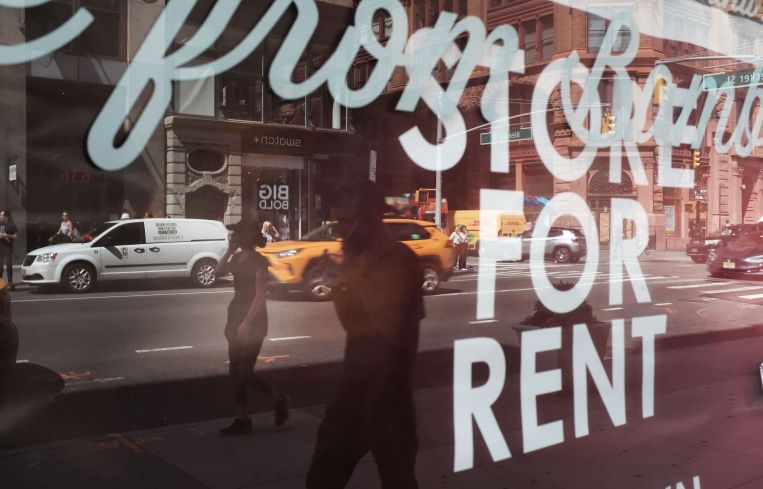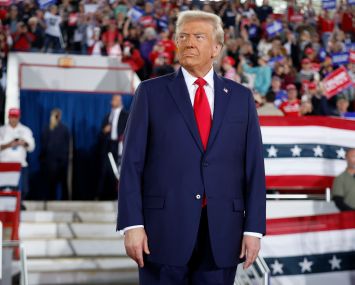Retail Vacancies in New York City Have Doubled Since 2007: Comptroller
By Nicholas Rizzi September 25, 2019 6:03 pm
reprints
The amount of vacant retail space across the five boroughs nearly doubled over the past decade as retailers deal with competition from online shopping and rising rents, a report from the City Comptroller’s Office found.
The report released today found that the citywide vacancy rate grew from 4 percent in 2007 to 5.8 percent in 2017, while the amount of empty space grew from 5.6 million square feet to 11.8 million square feet in that time. Nearly 1 million square feet of the jump was due to better reporting of vacant storefronts.
“Even as our economy has grown, many mom-and-pop stores have been left behind, transforming spaces once owned by local small businesses into barren storefronts,” Comptroller Scott Stringer said in a statement. “This isn’t just about empty buildings and neighborhood blight, it’s about the affordability crisis in our city.”
Activists and elected officials have recently started a push to pass bills to save small businesses from shuttering, including lobbying for the Small Business Jobs Survival Act (SBJSA) last year that would put more power in the hands of commercial tenants during lease renewals. While the fate of SBJSA — which has been dubbed “commercial rent control” — remains in the air, the New York City Council passed the “Storefront Tracker” bill last month to create a database of empty shops around the city by requiring landlords to register the status of their retail space.
The comptroller’s report cited three main factors for the rise of vacant storefronts around the city: the growth of online shopping, the sharp increase of commercial rents and regulatory burdens for shop owners.
Retail rents rose by 22 percent from 2007 to 2017 and some neighborhoods like Soho had its rent double during that time period. Soho had a huge share of empty space in Manhattan with 265,230-square-feet of vacant retail stores in 2017 and a vacancy rate of 6.8 percent, the report found.
The report also found the amount of time it takes for businesses to get issued alteration permits by the New York City Department of Buildings sharply increased in 2018 along with the number of days it takes to get a liquor license approved, which Stringer said contributed to the vacancy rate increase.
While Manhattan housed half of the twenty neighborhoods with the largest amount of vacant square footage, the outer boroughs had the highest vacancy rates — which the study measured by dividing the amount of empty space by the total retail space in a location.
Staten Island fared the worst with a vacancy rate of 11 percent in 2017, up from its 4.3 percent in 2007, but Queens and the Bronx also had rates above the citywide average during the study period.
Stringer’s report comes a month after the New York City Department of City Planning (DCP) released its own study that found there’s not a “pervasive vacancy problem” citywide, only pockets of neighborhoods with empty storefronts.
The DCP studied retail corridors in 24 neighborhoods across the five boroughs for a year for its report, finding that the average vacancy rate in the areas studied was 11.6 percent which was “not necessarily cause for alarm.”
In his report, Stringer suggested the city provide tax incentives for independent retailers in areas with high-vacancies, create a single point-of-contact in the city for shop owners to contact and incorporate retail demand in neighborhood planning.


